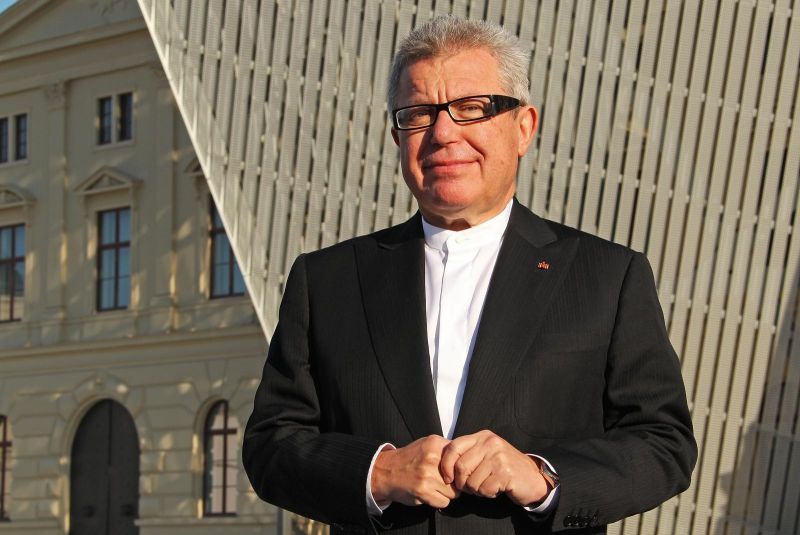Daniel Libeskind. A virtuoso in architecture
Mediathek Sorted


















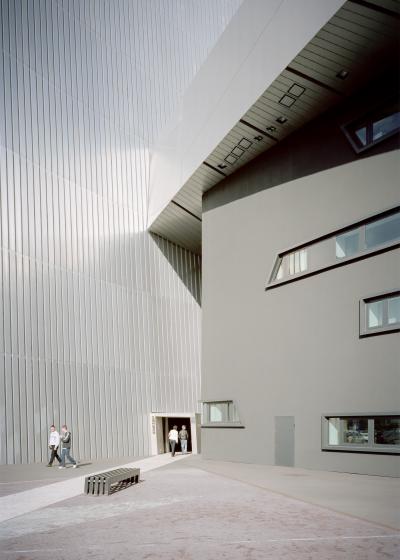
















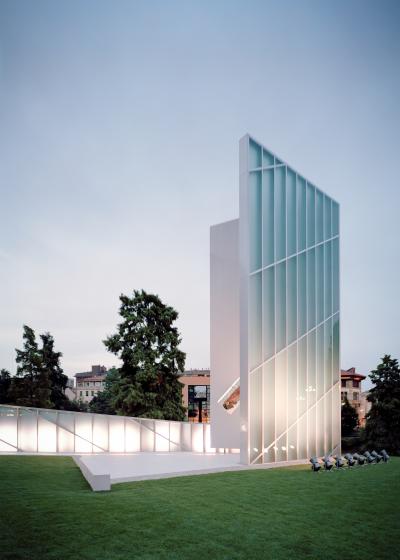







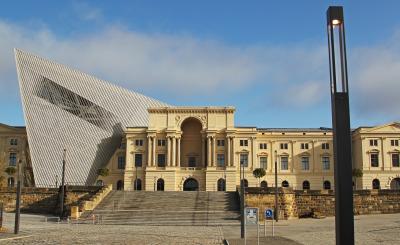
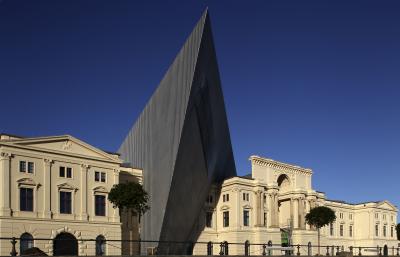

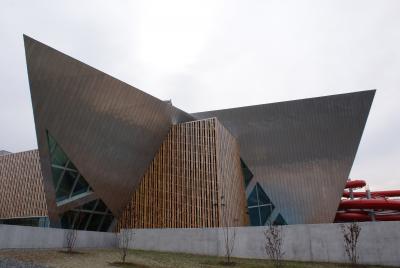






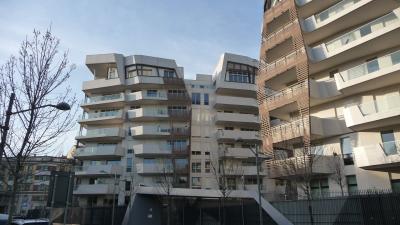






The promised land
Daniel continued to play the accordion in Tel Aviv, where the family settled for a short while. There, he was awarded a prestigious grant from the America-Israel Cultural Foundation (AICF) and gave concerts with famous musicians, who showered him with praise. His talent was so phenomenal that he was regarded as a child prodigy. In 1959, after spending just two years in Israel, the family decided to move to the United States, where they settled in the Bronx in New York. In the US, it seemed a matter of course at first that Daniel would continue to pursue a musical career. However, it emerged that he had exhausted all the possibilities that the accordion had to offer, while at the same time, it was already too late for him as a teenager to begin with the more challenging task of studying piano. During this period, he spent an increasing amount of time on his second passion: drawing. He had already indulged in his love of making art while in Israel, by accurately copying sketches of Hasidic weddings, creating political caricatures and painting landscapes.
In New York, he took a course in technical drawing at the Bronx High School of Science. Years later, he recalled in an interview: “Since at that time we were at the height of the Cold War, nearly all the drawings we made were of weapons and airplanes. My first design was for a bunker in case atomic war broke out. It was a dark, apocalyptic project.”[2] Gradually, the idea began to take hold in him that he could turn his passion into a career, despite objections from his mother, who was unhappy at the prospect of her son becoming a freelance artist. She advised him to study architecture, convincing him that he could find an outlet for his artistic talent by designing buildings. However, she was also motivated by a desire for her son to earn a decent living, since she herself was reduced to working in a fur-dyeing plant for low wages due to her poor knowledge of English.
In 1970, Daniel Libeskind gained his diploma in architecture at the Cooper Union private college in New York. Two years later, he completed his studies in history and the history of architecture at Essex University in the UK. In the years that followed, he worked as an academic in the field of architecture. He gave lectures in the subject and from 1978 to 1985 was Dean of the Faculty of Architecture at the Cranbrook Academy of Art in Bloomfield (Michigan). From 1986 to 1989, Libeskind headed Architecture Intermundium in Milan, a private institute for architecture and urban planning which he himself had founded. He was also a visiting professor at many universities, including Chicago, London, Copenhagen and Yale.
[2] Jens Tönnesmann, “Du solltest keine Ziele haben”, Zeit Online, 12/5/2016, https://www.zeit.de/2016/19/daniel-libeskind-architekt-juedische-einwanderer/komplettansicht (last accessed: 16/3/2021).





















































































